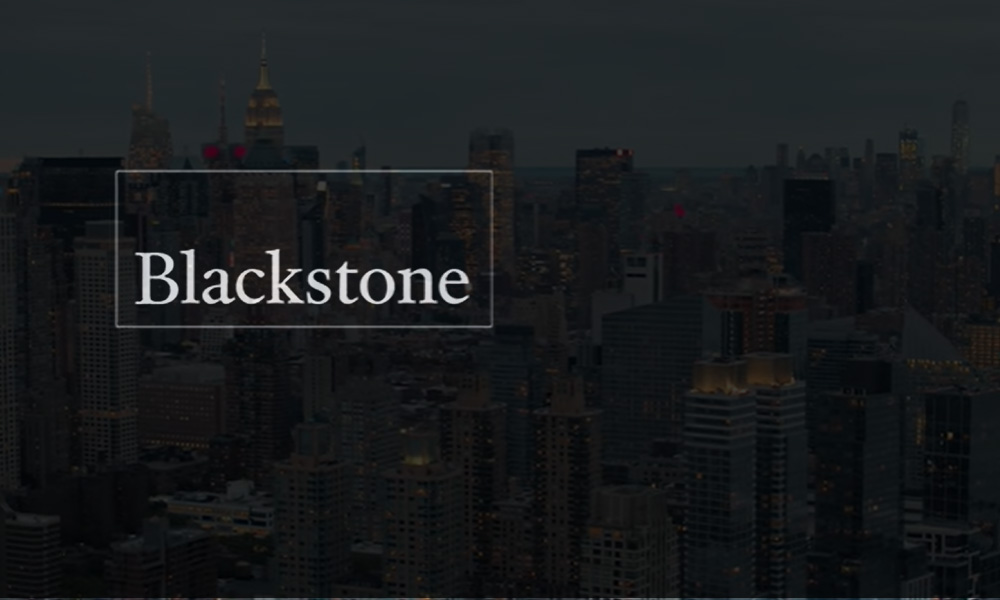LAS VEGAS, NV – In an effort to address the ongoing housing crisis in Las Vegas, builders have been attempting to ramp up their efforts in erecting new homes and apartment complexes to meet the ever-growing demands in Southern Nevada as the local economy improves. The situation is ushering in new investors, companies, tourism, and – most importantly – newly-transplanted residents keen to take advantage of Vegas’ thriving job market, and as a result living options are scarce and prices are skyrocketing.
Builders are seeing progress in their efforts to balance local real estate scales, as four towns in Las Vegas are ranked in the two 20 in the United States in terms of builder sales for 2018, according to reports.
The numbers for local builders are also impressive, and clearly speak for themselves; as of the end of June, sales in Summerlin were ranked as the third highest in the nation among master-planned communities at 772 homes sold, representing a jump of 64 percent over a one year prior. Inspirada – a master-planned community located within Henderson – comes in eighth in the U.S. with a 21 percent increase from 2017, boasting 475 homes purchased. Another Henderson-based community, Cadence, ranks 12th with 334 homes sold, an increase of 45 percent. Finally, coming in at 17th in the nation is Skye Canyon with 284 homes purchased; currently, it is not known home much of an increase this is over the previous year’s sales for this community, which is located in the northwest Las Vegas valley.
Due to a the current lack of housing options on the market, most available homes and apartments are being snapped up, and landlords and sellers in the region are taking advantage of demand by charging – and receiving – premium prices. Initially, builders appeared ill-equipped to handle the production of additional housing units to appease demand, in-part contributing to the cutthroat sales environment holding Vegas in its grasp. However, these new sales figures suggest that builders are finally hitting their stride and will hopefully continue to deliver adequate amounts of new residences to the point that prices begin to stabilize and eventually subside to a degree.
But in the meantime, housing in Las Vegas will still be on a first-come, first-served basis for the foreseeable future, and buyers will find themselves paying through the nose more often than not…bearing in mind that housing prices in Las Vegas – as well as the overall cost of living – still remain below the national average, especially when compared to neighbouring markets such as California, where the cost of living is driving more and more residents out-of-state and into more affordable regions, such as Nevada.
If you are considering relocating in or around the Las Vegas area, which clearly is experiencing huge growth and a booming job market, give us a call at 702.376.7379 so we can answer any real estate and home relocation questions you may have.

